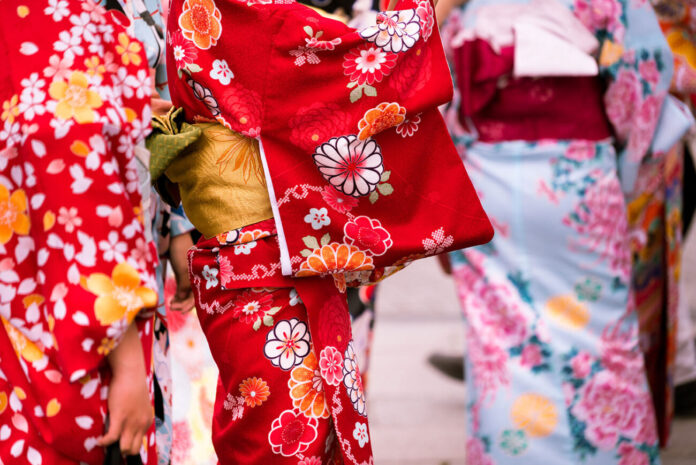The kimono is a traditional garment that has been worn since the eighth century. It is worn by both men and women in Japan, although it’s primarily associated with women. There are several different types of kimonos: Shimabukuro (the most formal), hakama (a type of pants), and yukata (a summer version).
In Japan, kimonos are worn at weddings and other formal occasions. A yukata is similar to a sarong but it’s made from cotton or silk instead of linen (typically). It can be worn under your clothes as well as by itself when you feel like going out into public bare-legged!
Perfect for Weddings and Other Formal Occasions
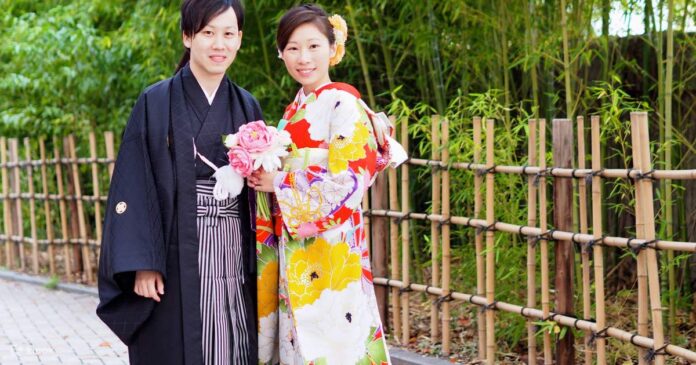
Kimonos are worn on special occasions. They’re best for weddings and formal events. Kimonos can also be worn for cultural events like dance parties or martial arts contests.
In addition to these occasions, black kimonos are also worn at funerals in Japan as an expression of mourning for the deceased person who wore them before their death or cremation; this tradition dates back to ancient times when people would wear white garments after death so that they could be buried with dignity and respect by family members who lived near where they died (this practice has since changed).
Kimonos Are Often Given as Personal Gifts in Japan
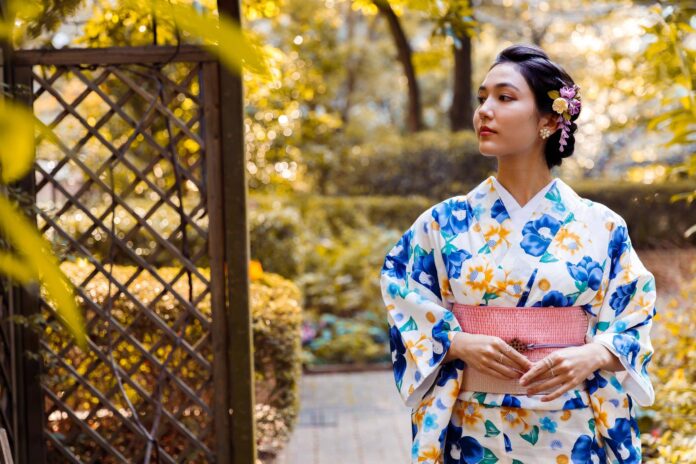
Kimonos are often given as personal gifts in Japan. People give kimonos to friends and family, to people who have moved into new homes, and even to those who have passed exams or completed projects.
In addition to these traditional reasons for giving a kimono, they’re also used as a symbol of friendship and good fortune—and can be part of gift exchanges between two individuals who know each other well enough that they might consider buying one for each other anyway!
Kimonos are also used by religious groups such as Shinto shrines that offer blessings on their patrons’ heads when they visit them; this custom was originally meant for traditional ceremonies but has since become an accepted practice throughout Japan.
Difference Between a Kimono and a Yukata?
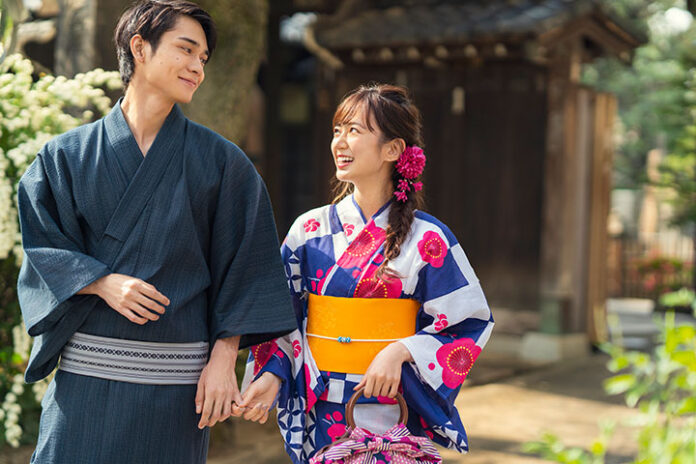
The most obvious difference between a Japanese kimono and a yukata is their style. You won’t see many people in traditional Japanese clothing wearing a yukata to work or school, as it’s more of an informal garment than something that would be worn with formal attire. While both garments are made from cotton or silk and have long sleeves, they differ in how they’re worn:
- A kimono generally has more intricate patterns on the fabric (sometimes even resembling diamonds), whereas the pattern on a yukata is much simpler and more geometric. The color of your kimono will also be darker than what you might find in other types of clothing—particularly if you want something brighter but also lettered!
- Kimonos are made of silk and are worn on special occasions, while yukatas are made of cotton and are worn for casual occasions.
- Yukatas are usually brightly colored and feature floral designs, while kimonos are more subdued in color and design.
- Kimonos also have longer sleeves than yukatas.
- Yukatas are typically worn with sandals, while kimonos are worn with traditional Japanese shoes called geta.
Things to Keep In Mind While Purchasing a Japanese Kimono
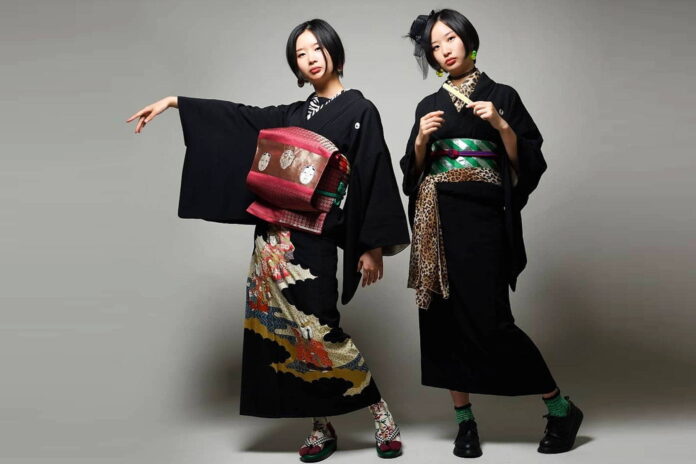
When purchasing a Japanese kimono for men, keep these things in mind to ensure that you choose a high-quality, stylish, and comfortable kimono that is perfect for the occasion.
- The quality of the fabric is important: look for a kimono made of high-quality silk, cotton or wool.
- The cut of the kimono should be flattering: avoid kimonos with boxy or shapeless cuts.
- Consider the occasion you’ll be wearing the kimono for: choose a more formal kimono for dressier occasions, and a casual kimono for everyday wear.
- Pay attention to the details: look for intricate patterns, colorful designs and other beautiful details that make a kimono special.
- Make sure the kimono fits well: ill-fitting kimonos can be uncomfortable and unflattering.
Advantages of Having a Japanese Kimono
There are many advantages to owning a Japanese kimono.
- Kimonos are elegant and beautiful, and they can be worn for a variety of occasions. They are also comfortable to wear and can be easily dressed up or down.
- Kimonos are also perfect for layering, so you can always find a way to stay warm in them. And because they are so versatile, kimonos can be worn with a variety of different outfits. Whether you’re looking for something formal or casual, there’s a kimono out there that will suit your needs.
- Finally, kimonos make great gifts! If you know someone who loves Japanese culture, then giving them a kimono is a great way to show your appreciation. They’ll be sure to treasure it for years to come.
Why Is Kimono More Famous Among Women Than Men Now?
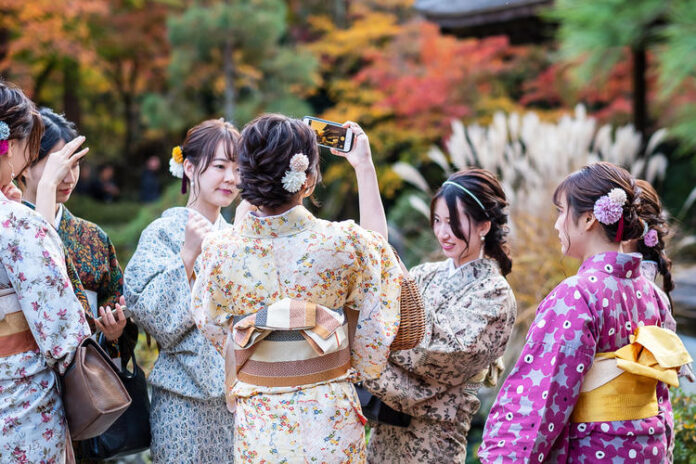
The reason why kimonos are more popular among women than men is that when western clothing became more popular in Japan, men started wearing western clothes.
Today it is rare to see men wearing traditional Japanese clothing like Kimonos or Obi (sarashi). In Japanese culture, it was considered a part of their daily lifestyle to wear kimonos.
However, this trend started changing. The good news for those who want to buy a formal kimono gown is that there are many brands available today which offer different styles and designs at affordable prices!
Where can you get the best Japanese kimonos?
Stores usually offer a wide variety of kimonos, from traditional to modern designs. You can find the perfect kimono for any occasion, whether you’re attending a wedding, a tea ceremony, or just want to look stylish. Whether you’re looking for a classic black and white kimono or something more colorful and flashy, you’ll be sure to find it at these stores.
A Final Word
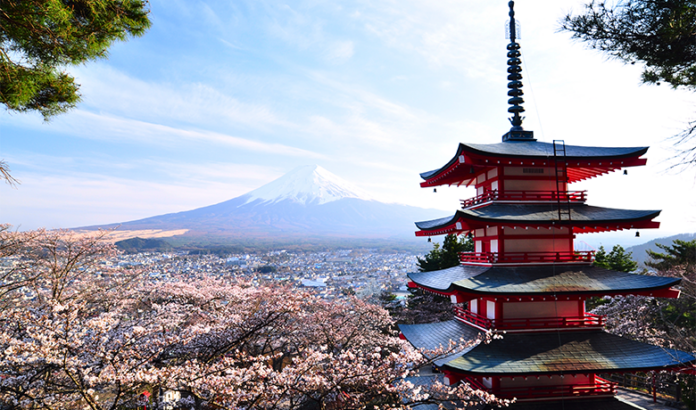
A kimono is a traditional Japanese garment that is still worn today. It is a long robe that is wrapped around the body and tied at the waist. Kimonos are usually made of silk or other fine fabrics, and they are often decorated with intricate patterns. While kimonos are sometimes seen as formal wear, they can also be worn in more casual settings. In recent years, kimonos have become popular fashion items both in Japan and abroad.
If you are ever lucky enough to attend a Japanese event or visit Japan, be sure to take the time to try on a kimono! You won’t regret it. They are also considered to be works of art, and many people enjoy wearing them simply for the beauty of the garments.
Whether you’re interested in wearing a kimono yourself or simply learning more about this fascinating piece of Japanese culture, we hope this article has been helpful.
Thanks for reading!

